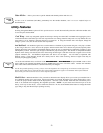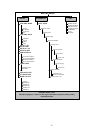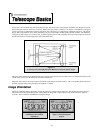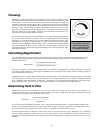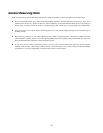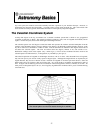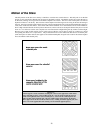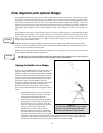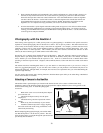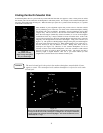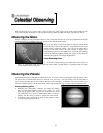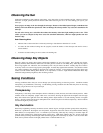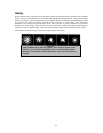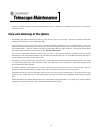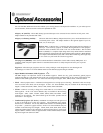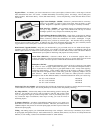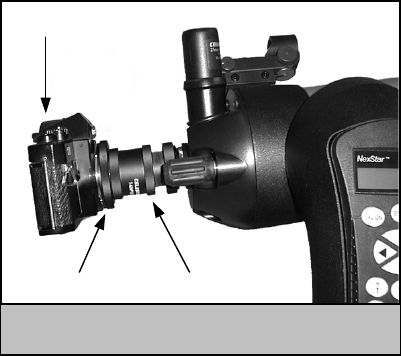
30
3. Once complete the NexStar will automatically slew to the first alignment star. If the star that is chosen is in
the north, it may be below the horizon. If so, abort the slew by pressing any of the arrow direction buttons
before the telescope tube comes into contact with the base. Press the UNDO button to select an alignment
star that is above the horizon. Use the hand control to center the alignment star with the Star Pointer and
press ENTER, then center the star in the eyepiece and press ALIGN. Repeat this step with the second
alignment star. For complete AutoAlign procedures, see NexStar GT section of this manual.
4. Now that the NexStar is polar aligned switch the tracking mode to EQ North. This will turn off the altitude
motor and allow the Azimuth motor to track like a right ascension tracking motor. To switch to EQ North
tracking, press the MENU button and press ENTER at the Tracking Mode sub-menu. Use the scroll buttons
to select EQ North and press ENTER.
Photography with the NexStar 4
After looking at the night sky for a while you may want to try photographing it. In addition to the specific accessories
required for celestial photography, there is the need for a camera - but not just any camera. The camera does not have
to have many of the features offered on today's state-of-the-art equipment. For example, you don't need auto focus
capability or mirror lock up. Here are the mandatory features a camera needs for celestial photography. First, a “B”
setting which allows for time exposures. This excludes point and shoot cameras and limits the selection to SLR
cameras, the most common type of 35mm camera on the market today.
Second, the “B” or manual setting should NOT run off the battery. Many new electronic cameras use the battery to
keep the shutter open during time exposures. Once the batteries are drained, usually after a few minutes, the shutter
closes, whether you were finished with the exposure or not. Look for a camera that has a manual shutter when
operating in the time exposure mode. Olympus, Nikon, Minolta, Pentax, Canon and others have made such camera
bodies.
The camera must have interchangeable lenses so you can attach it to the telescope and so you can use a variety of
lenses for piggyback photography. If you can't find a new camera, you can purchase a used camera body that is not
100-percent functional. The light meter, for example, does not have to be operational since you will be determining the
exposure length manually.
You also need a cable release with a locking function to hold the shutter open while you do other things. Mechanical
and air release models are available.
A
A
t
t
t
t
a
a
c
c
h
h
i
i
n
n
g
g
a
a
C
C
a
a
m
m
e
e
r
r
a
a
t
t
o
o
t
t
h
h
e
e
N
N
e
e
x
x
S
S
t
t
a
a
r
r
The NexStar 4 has a special adaptor port located on the back of the rear cell to connect a 35mm camera body.
Attaching a camera to the NexStar requires the use of the optional T-adapter (#93635-A) and a T-ring specific to the
brand of camera being used. To attach the photographic
accessories:
1.
Remove the screw-on cover from the photo adaptor
port on the rear cell.
2. Thread the T-adapter securely onto the photo
adapter port.
3. Thread the T-ring onto the exposed end of the T-
adapter.
4. Remove any lens from the body of your camera.
5. Attach the camera body to the T-ring by aligning
the red dot on the side of the T-ring with the dot on the
camera body and twisting.
Before attempting photography through your NexStar make
sure that the flip mirror is in the "down" position. This will
allow the light path to go straight through the optical tube and
pass directly into the camera.
Figure 7-4 – NexStar with photographic Accessories
Camera Body
T-Ring
T-Ada
p
ter



